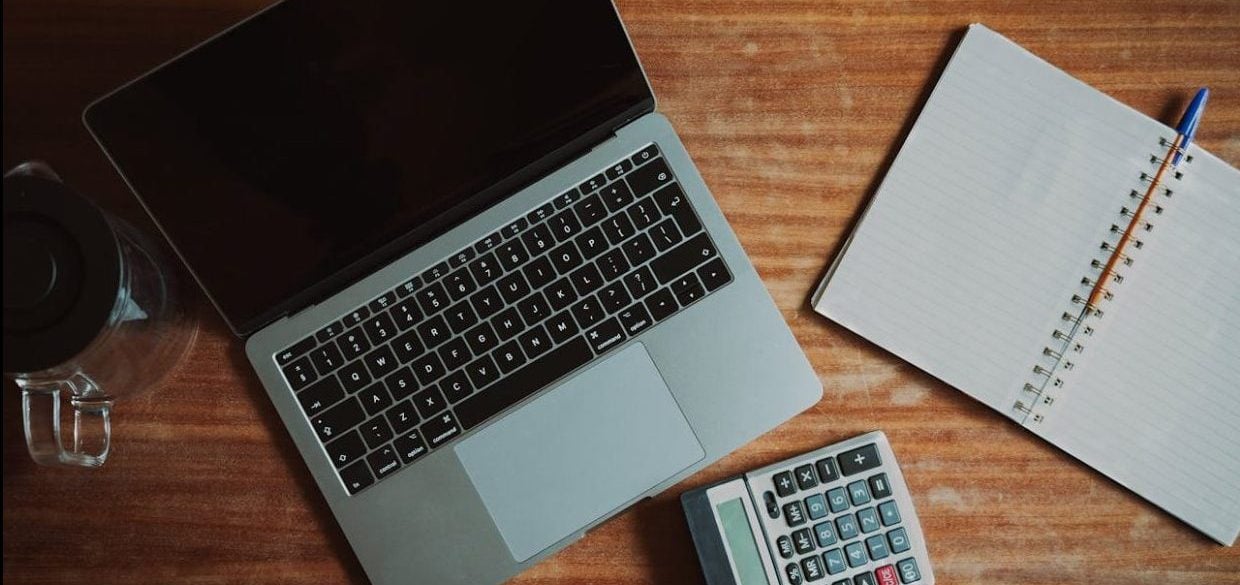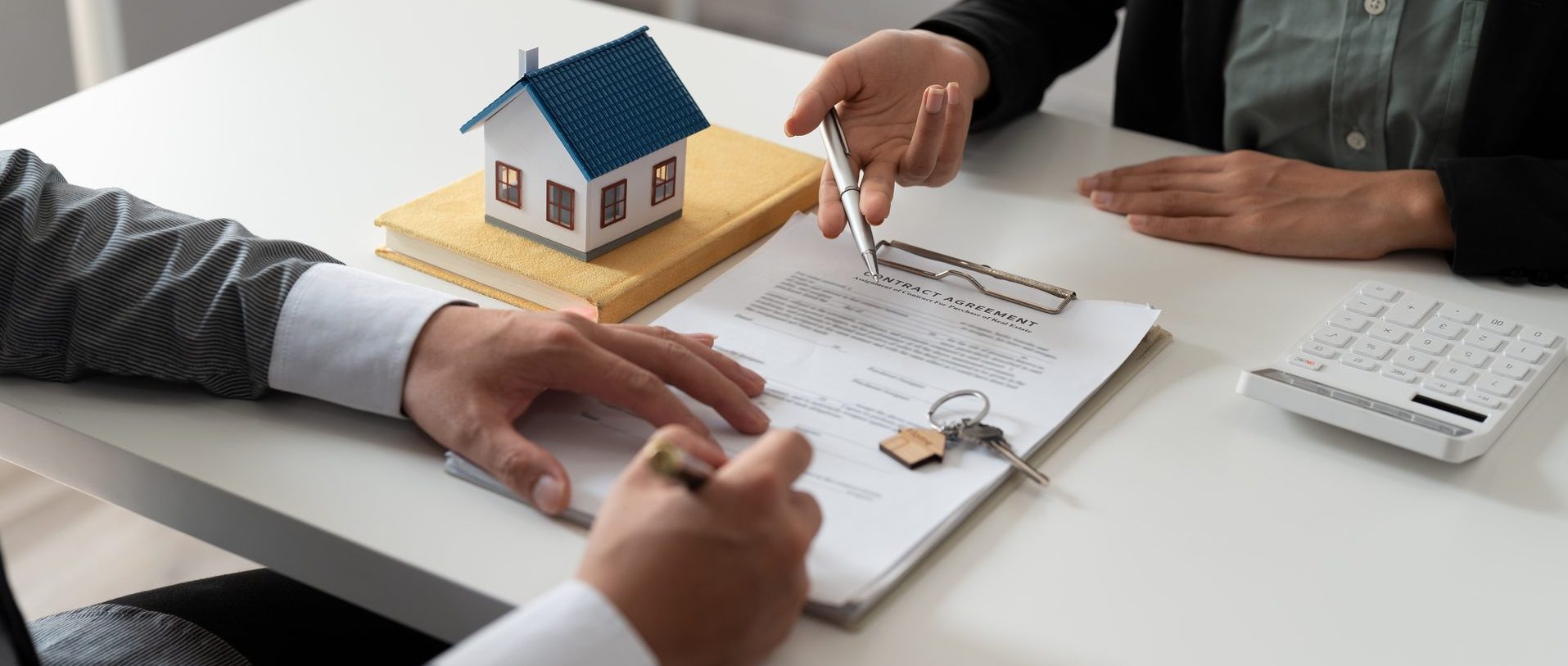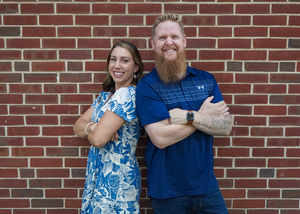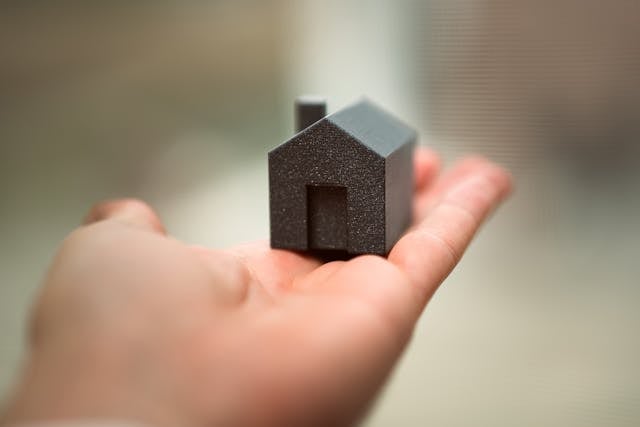One of the most common “facts” you’ll hear about buying a home is:
“You need to have at least 20% saved for a down payment.”
It sounds responsible… but it’s not always true.
For decades, the idea of needing 20% down to buy a home has been repeated so often that many people assume it’s an unbreakable rule.
The truth? While a 20% down payment can be a great option for some buyers, it’s no longer the only path to homeownership.

Where This Myth Came From?
Years ago, a 20% down payment was the standard because it lowered a lender’s risk and eliminated the need for private mortgage insurance (PMI).
While that’s still a smart choice if your budget allows, today’s lending landscape offers far more flexibility.
Over time, government-backed programs and competitive loan options have made homeownership more accessible. Now, many buyers can purchase a home with as little as 3–5% down—and some programs even offer zero-down options for those who qualify.
What’s the Reality Today?
You Have More Options Than You Think
The idea that you need 20% down to buy a home often keeps people from even exploring their options—but in reality, many loan programs require far less.
Conventional loans: Available through most lenders, these can require as little as 3% down for qualified buyers with good credit.
FHA loans: Backed by the Federal Housing Administration, these loans allow a 3.5% down payment and have more flexible credit requirements, making them a popular choice for first-time buyers.
VA loans: Offered to eligible veterans, active-duty service members, and some surviving spouses, VA loans require no down payment and have no monthly PMI.
USDA loans: Designed for homes in certain rural and suburban areas, USDA loans also offer 0% down and competitive interest rates.
To put this into perspective, on a $250,000 home, a 20% down payment would be $50,000. With a conventional loan at 3% down, you’d only need $7,500—and if you qualify for VA or USDA financing, you could pay $0 down.
That difference can be the key to making homeownership possible much sooner than you thought.

Why Waiting Can Cost You
Holding off on buying until you’ve saved a full 20% might seem like the safe move, but it can actually cost you in the long run. While you wait:
Home prices may rise: If property values go up, the home you have your eye on could become more expensive—or even out of reach.
Mortgage rates could change: Even a small increase in interest rates can raise your monthly payment by hundreds of dollars over the life of the loan.
You miss out on building equity: Every month you rent is a month you’re paying down your landlord’s mortgage instead of your own, meaning you’re building their wealth instead of yours.
In short, waiting for the “perfect” down payment could mean higher costs and lost opportunities—while buying sooner with a smaller down payment might help you start building wealth now.
The Bottom Line
There’s nothing wrong with putting 20% down if it works for you—but it’s not required, and it’s not always the best strategy.
The smartest move is to explore all your financing options and choose the loan program that aligns with your budget, timeline, and long-term goals.
Whether that’s 20% down, 5% down, or even zero down, the right plan is the one that gets you into a home you can comfortably afford and sets you up for future success.
Thinking About Buying?
Local real estate professionals and trusted lenders can help you break down exactly what’s possible for your budget and goals—no pressure, just straightforward guidance.
Talking to the right experts early can give you a clear picture of your options and the confidence to take your next step toward homeownership.
Thinking About Buying? Let's Talk!


Phone - (717) 913-8139


